Tips on my scraggy azaleas?
Gulch
2 years ago
Featured Answer
Sort by:Oldest
Comments (6)
Related Professionals
Finneytown Landscape Architects & Landscape Designers · Medford Decks, Patios & Outdoor Enclosures · Methuen Decks, Patios & Outdoor Enclosures · Shirley Decks, Patios & Outdoor Enclosures · Birmingham Landscape Architects & Landscape Designers · Palm Springs Landscape Architects & Landscape Designers · Brownsville Landscape Contractors · Hampton Bays Landscape Contractors · Haverhill Landscape Contractors · Hurricane Landscape Contractors · Las Vegas Landscape Contractors · Milton Landscape Contractors · Mount Kisco Landscape Contractors · Pompton Lakes Landscape Contractors · Yuba City Landscape ContractorsGulch
2 years ago
Related Stories
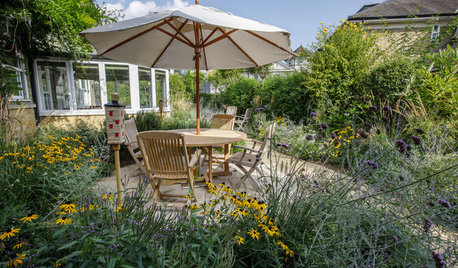
LANDSCAPE DESIGN4 Tips for Creating a Small Garden That Welcomes Wildlife
Win over birds, bees, butterflies and neighbors with these design strategies
Full Story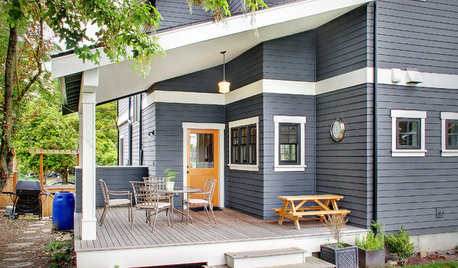
EXTERIORS5 Easy Tips for Choosing Your Exterior Paint Palette
Make your home the talk of the neighborhood — in a good way — with an exterior paint scheme that pops
Full Story
GARDENING GUIDES10 Tips to Start a Garden — Can-Do Ideas for Beginners
Green up your landscape even if you're short on time, money and knowledge, with these manageable steps for first-time gardeners
Full Story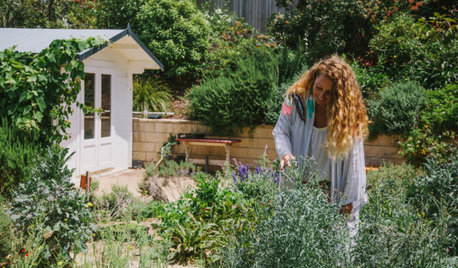
LANDSCAPE DESIGNHow to Design a Senior-Friendly Landscape That Everyone Can Enjoy
Read a design expert’s tips for creating an outdoor space that’s both attractive and practical for all ages
Full Story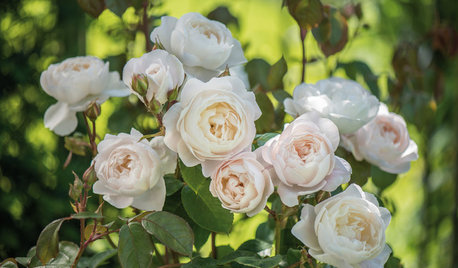
SUMMER GARDENINGHow Are Your Roses Doing? A Complete Summer Guide
Follow these tips to keep your roses healthy and beautiful throughout the warm season
Full Story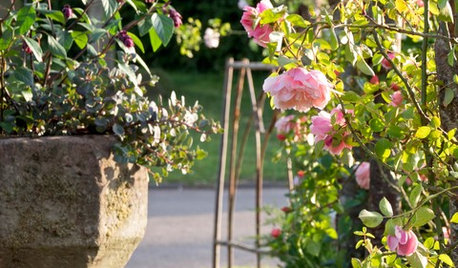
GARDENING GUIDESHow to Deadhead Roses and Other Garden Favorites
Follow this basic guide and learn how to properly deadhead roses and other flowers
Full Story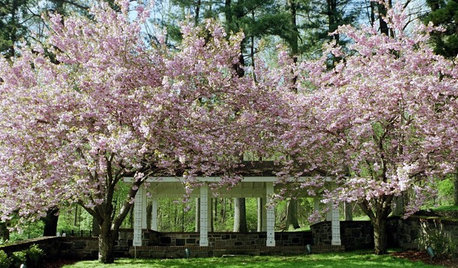
FEEL-GOOD HOME10 Ways to Fight Pollen at Home
Keep sneezing and stuffiness to a minimum by making your house as pollen free as possible
Full Story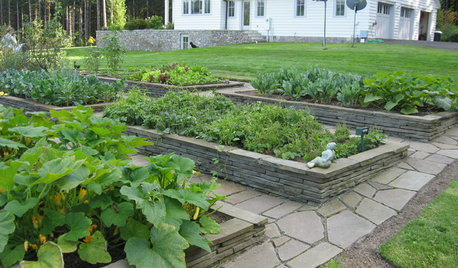
LANDSCAPE DESIGNThese 4 Planting Strategies Can Save You Money
Use seeds, plugs and more to keep costs down as you fill out your garden
Full Story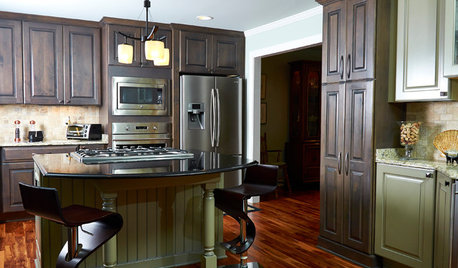
KITCHEN MAKEOVERSKitchen of the Week: Rich Materials, Better Flow and a Garden View
Adding an island and bumping out a bay window improve this kitchen’s layout and outdoor connection
Full Story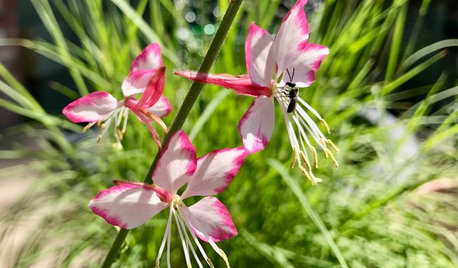
GARDENING GUIDESHow to Find Your Garden’s Voice
Incorporate plants native to your region for a memorable space that brings back the landscape’s ‘regional accent’
Full StoryMore Discussions






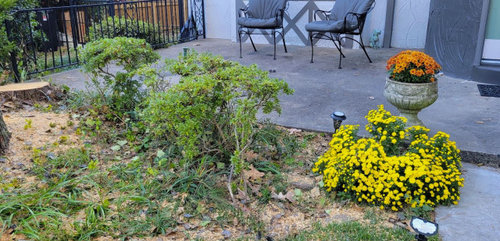





mad_gallica (z5 Eastern NY)